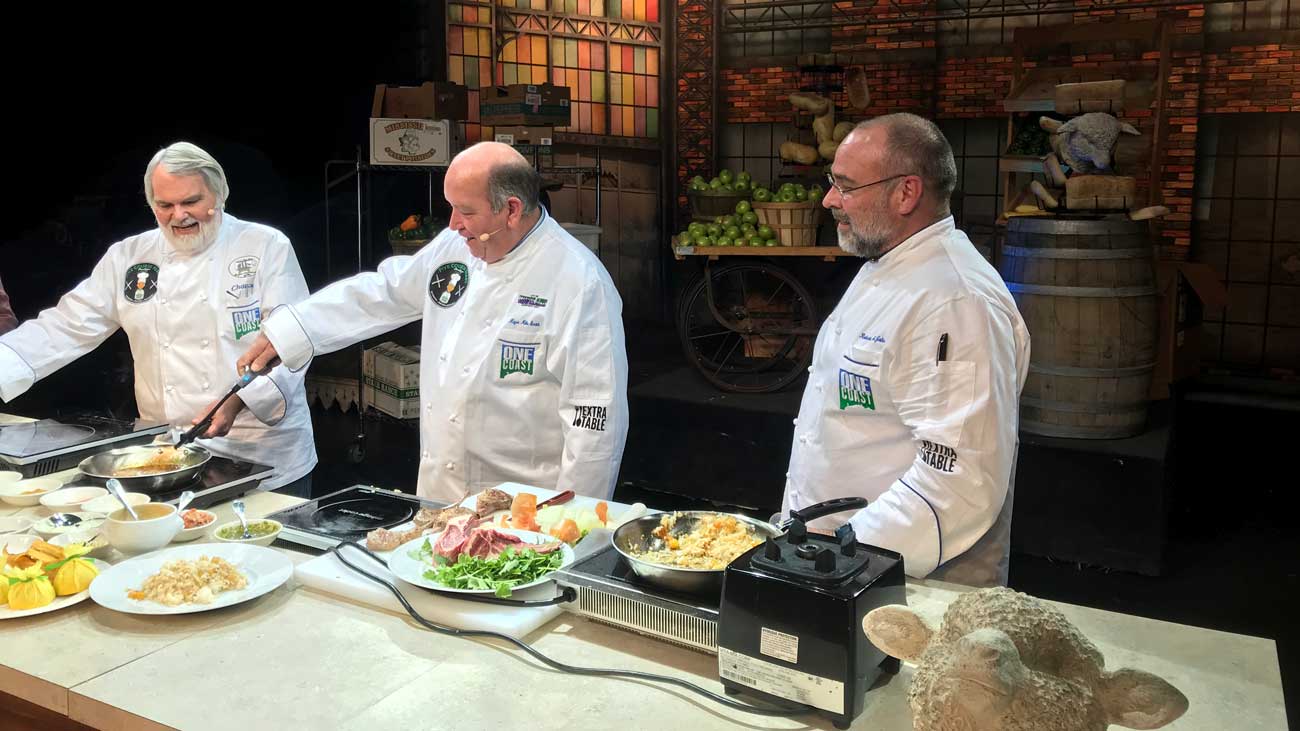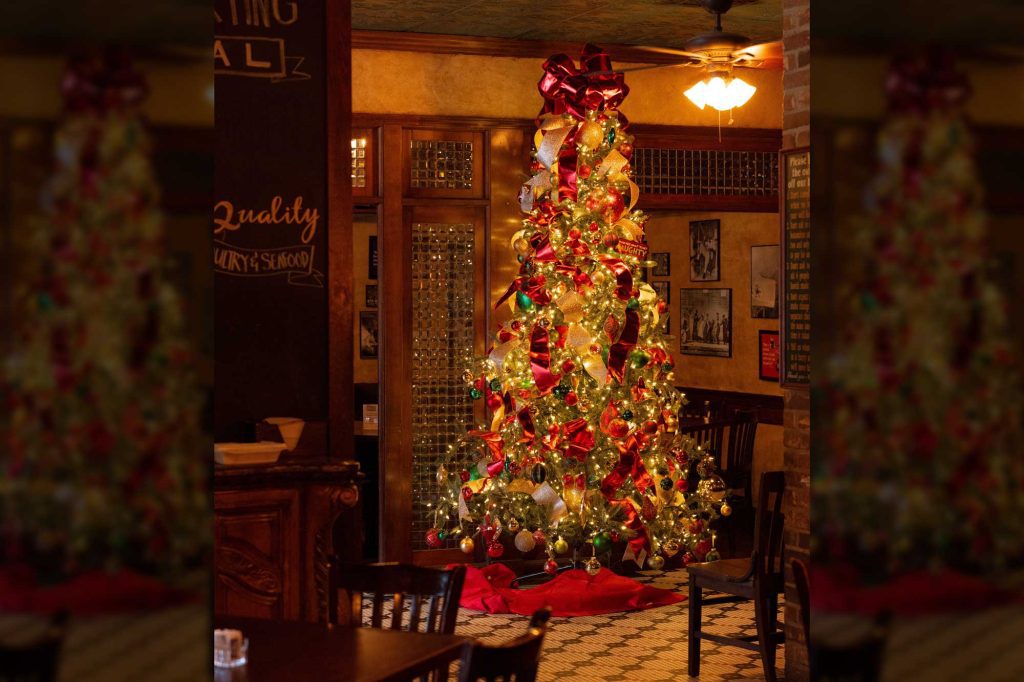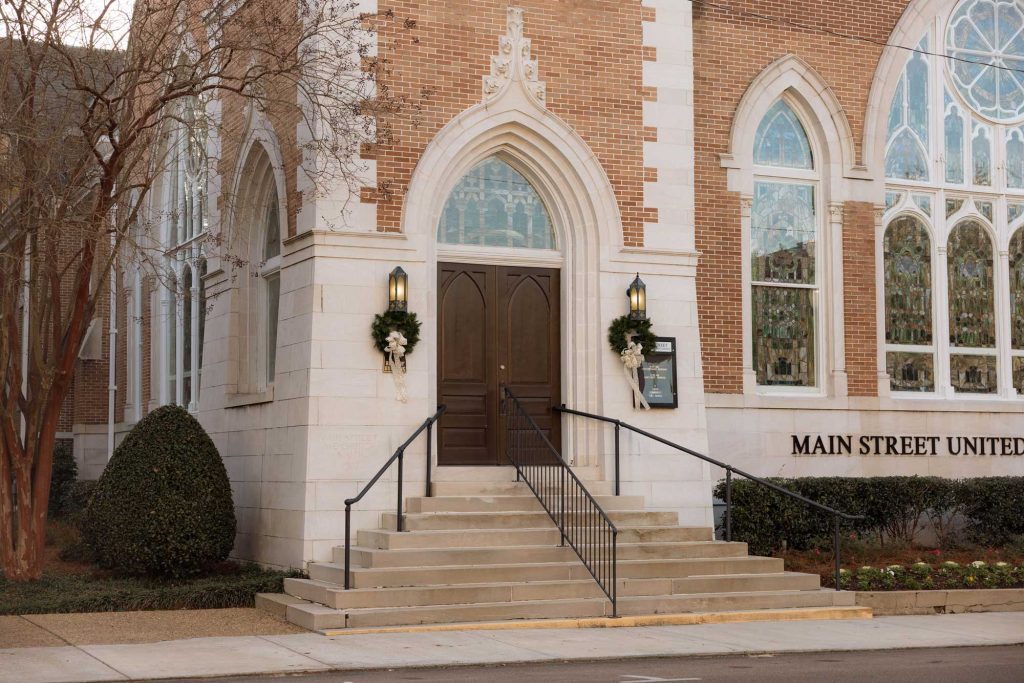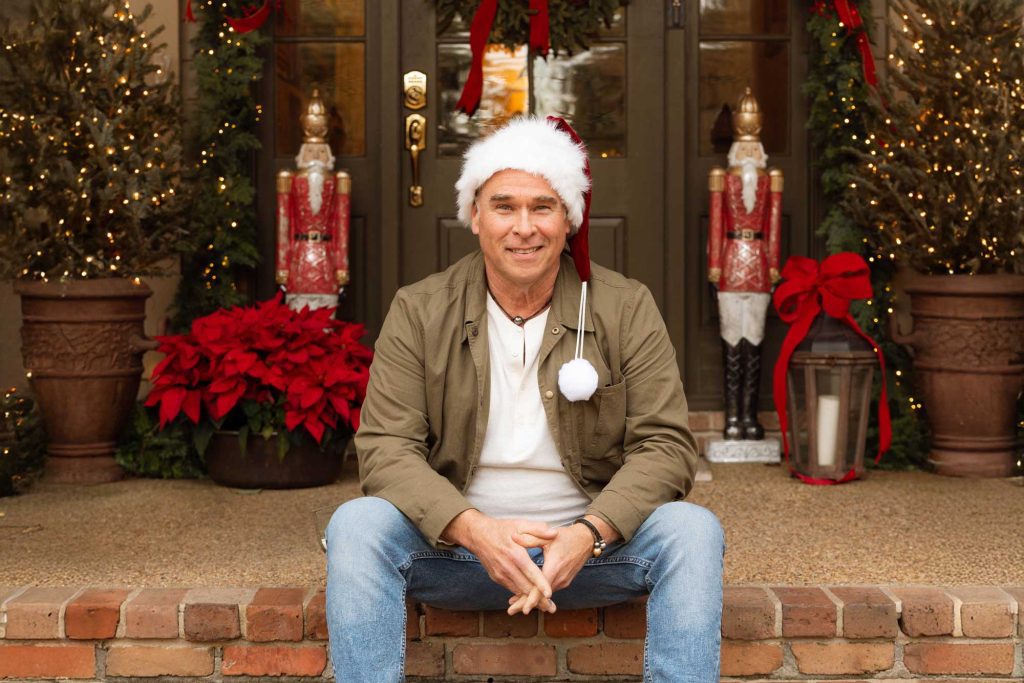BARBERINO VAL D’ELSA, TUSCANY, ITALY— I don’t believe in past lives or reincarnation, but if I did I would imagine several of my former selves lived in this area of Italy. The first time I ever set a foot on the soil of this part of Tuscany I felt at home. There was an instant connection and, what I imagined would be a, life-long love affair with this part of the world ensued. So far, that has been the case.
Five years ago I was in the middle of a six-month tour across Europe with my wife and two young children. The first six weeks were fast-paced and challenging, as we covered a lot of ground in a short period of time. Around the first of October we began a 10-week stint in Italy, one in which my friend, co-collaborator, and uber-talented artist, Wyatt Waters would join the group so we could begin working on our third book together, An Italian Palate.
We picked Waters up in Venice where he had been working for 10 days, and the five of us headed to Tuscany, where Waters would begin painting and I would continue to eat my way through another European country, but to also cook in the kitchens of home chefs and in small osterias.
The minute we walked into our villa, which is where I sit as I write this column, we all exhaled an exhausted sigh of relief and instantly fell in love with this 1,000-year old structure. Villa il Santo sits atop a high ridge at the end of a road that has never graced a map, and one of which the Google Street View truck has never seen. The four terraces look west across 30 miles of olives trees and grape vines. At night, the lights of the historic city of towers, San Gimigiano, can be seen flickering in the distance.
It was love at first sight for our group. We sat on the terrace that first night and watched the first of many beautiful sunsets and made an instant connection with this region. The villa found a place in our hearts from day one. The next day we began to fall in love with the people.
In my mind, Tuscany is a lot like the American South. It is an agrarian culture with great food and warm, friendly people. That was the next component that began to complete the lifelong love affair, as we made friends with the locals. They invited us into their homes and prepared amazing home-cooked Tuscan meals, and let me spend time in their restaurant kitchens learning the difference between “true” Italian cooking and American Italian cooking (there is a huge difference).
We vowed to return to this area again and again, and we have.
Once the aforementioned, An Italian Palate, book was released Waters and I embarked on a long book signing promotional tour. It was during that period that dozens of people— who had followed along with us through this column, and others who had seen some of the 127 beautiful watercolors Waters completed during our journey— began asking if we would lead a tour in Italy to take them to all of the places we had recorded through pen and paint. We thought it would be a fun idea, but the initiative was lost in the bustling madness that is a book tour.
Two years ago I hosted a group as a part of the University of Southern Mississippi Overseas Studies Curriculum where I partnered with noted war historian, Andy Weist, on a tour we called Battlefields and Baguettes, where the two of us took a group of alumni and students throughout London, the beaches and cemeteries of Normandy, the Belgium countryside, and Paris. Weist led the group during the day and drew on his extensive knowledge of Europe’s war history, and I led the group at night as we ate our way through that part of the world.
It was during that tour that I remembered all of the people who had asked to join Waters and me over in Italy, and the Italian Palate Road Trip was born.
I now sit in that villa that I fell in love with so many years ago and type this column. Most of the guests are still asleep and battling jetlag after their first night in country. We had an incredible first day.
Over the course of the next week they will dive head first into Tuscany. We will hit the typical highlights— Michaelangelo’s David in Florence, the towers of San Giamignano, the beautiful cathedral in Siena, and several noted restaurants. But I want to give them the “true” Tuscan experience. We will also dine in the homes of the locals, eat in everyday trattorias that aren’t in any tourist guidebook or social media site, but are full of locals eating “real” food. Several times during the week, Waters teach a watercolor lesson with several in our group who are artists. They will paint in the places he fell in love with years ago, and in the area his idol, John Singer Sargent, painted over 100 years ago.
The next few columns will cover our journey. As for now, my time is up, as the schedule is tight. We are about to go meet my friend, Marco Casanova, maker of the finest Romano cheese I have ever eaten. We will follow the cheese-making process from the sheep in the field to the finished product. Hopefully, with the customs officers in the Atlanta airport willing, I will be able to sneak a pound of cheese back in my luggage.
Onward.
Arugula and Warm Porcini Salad
3 cups Porcini Mushrooms,
1 cup Extra Virgin Olive Oil
1 tsp Kosher salt
1/2 tsp Black pepper, freshly ground
1/2 pound Pancetta (or slab bacon), cut into 1/2 inch cubes
1 Tbl Dijon mustard
1/4 cup Sherry vinegar
1 Tbl Shallot, minced
1/2 tsp Garlic, minced
1/2 tsp Fresh Thyme, chopped
8 cups Arugula, cleaned and dried completely
6 ounces Gorgonzola cheese, crumbled
Place the porcini mushrooms in a mixing bowl and toss them with 1/4 cup of the olive oil, half of the salt, and half of the pepper. Lay them out in a single layer on a baking sheet. Roast the mushrooms for 6-8 minutes. Remove from the oven, and allow to cool until you are able to handle them. Rough cut the mushrooms into thick slices and place them in a large mixing bowl. Hold the mushrooms in a warm place while you prepare the remaining ingredients.
Place 1 Tbl of extra virgin olive oil in a medium sized sauté pan over low-medium heat. Place the cubed pancetta in the heated oil and cook until the bacon becomes brown and crispy. Stir the pancetta often to make sure all sides become brown. Remove the pancetta from the fat using a slotted spoon and place on a paper towel to drain. Save three tablespoons of the grease and keep it warm.
In a small mixing bowl, whisk together the mustard, remaining salt and pepper and vinegar. Whisking constantly, drizzle in the remaining extra virgin olive oil and the reserved pancetta grease.
Toss the warm mushrooms with three quarters of the dressing. Add the arugula and half of the bacon and toss so that the lettuce is well coated.
Divide the salad onto 6-8 serving dishes. Toss the crumbled gorgonzola with the remaining dressing. Sprinkle the cheese and remaining pancetta over the tops of each salad and serve immediately.
Yield: 6-8 servings



